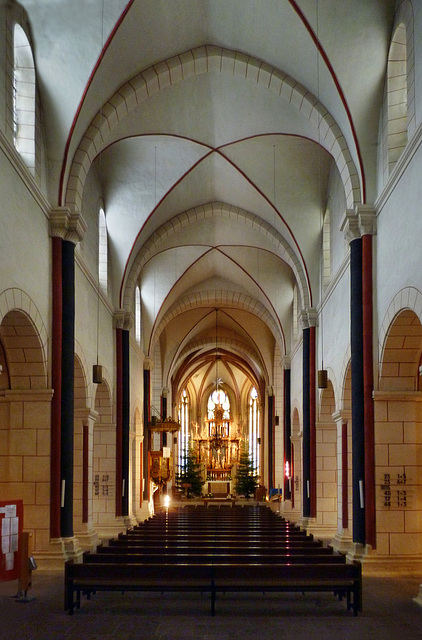Goslar - St. Cosmas and Damian
Goslar - Cathedral
Semur-en-Brionnais - Saint-Hilaire
Kloster Buch
Kloster Buch
Kloster Buch
Kloster Buch
Goslar - St. Cosmas and Damian
Goslar - St. Jakobi
Lautenbach - Collégiale Saint Gangolph
Lautenbach - Collégiale Saint Gangolph
Lautenbach - Collégiale Saint Gangolph
Lautenbach - Collégiale Saint Gangolph
Lautenbach - Collégiale Saint Gangolph
Lautenbach - Collégiale Saint Gangolph
Lautenbach - Collégiale Saint Gangolph
Lautenbach - Collégiale Saint Gangolph
Lautenbach - Collégiale Saint Gangolph
Lautenbach - Collégiale Saint Gangolph
Lautenbach - Collégiale Saint Gangolph
Lautenbach - Collégiale Saint Gangolph
Lautenbach - Collégiale Saint Gangolph
Lautenbach - Collégiale Saint Gangolph
Lautenbach - Collégiale Saint Gangolph
Lautenbach - Collégiale Saint Gangolph
Lautenbach - Collégiale Saint Gangolph
Lautenbach - Collégiale Saint Gangolph
Lautenbach - Collégiale Saint Gangolph
Speyer - Cathedral
Speyer - Cathedral
Speyer - Cathedral
Speyer - Cathedral
Speyer - Cathedral
Speyer - Cathedral
Speyer - Cathedral
Speyer - Cathedral
Speyer - Cathedral
Semur-en-Brionnais - Saint-Hilaire
Semur-en-Brionnais - Saint-Hilaire
Location
Lat, Lng:
Lat, Lng:
You can copy the above to your favourite mapping app.
Address: unknown
Lat, Lng:
You can copy the above to your favourite mapping app.
Address: unknown
See also...
Keywords
Authorizations, license
-
Visible by: Everyone -
All rights reserved
-
118 visits
Goslar - St. Cosmas and Damian


The town of Goslar on the northern slopes of the Harz mountains once was a center of political power in Europe.
In 1009 the first imperial synod was held here under Henry II.
In 1024 Conrad II celebrated Christmas in Goslar and in 1025 he ordered the construction of a new imperial palace ("Kaiserpfalz").
For Henry III Goslar was the centre of his empire, during 17 years he hold court in Goslar 18 times (and often for months). Henry IV was born in Goslar 1050. Henry V held six imperial diets here and for Frederick I (Barbarossa), Goslar was a preferred "Kaiserpfalz". So Goslar was in the center of european politics for about 250 years.
Goslar, being wealthy through mining, had 7 churches in the 12th century and the imperial palace, so some historians call it the "Rome of the North" - for that time.
Mining on the nearby Rammelsberg was first mentioned in 968 by Widukind of Corvey and after more than 1000 years, the mines were closed in 1988. Meanwhile the mines in Rammelsberg are a world heritage site.
The first mining boom took place around 1200 and at that time St. Cosmas and Damian was the church of the patrician families, connected to that industry. They financed the enlargement of the church and donated altars dedicated to the saints, connected to mining.
Standing in the romanesque nave, facing east to the gothic choir.
Yes, next to the altar in the choir are - two christmans trees.
Here is the website of the parish:
www.marktkirche-goslar.de/
In 1009 the first imperial synod was held here under Henry II.
In 1024 Conrad II celebrated Christmas in Goslar and in 1025 he ordered the construction of a new imperial palace ("Kaiserpfalz").
For Henry III Goslar was the centre of his empire, during 17 years he hold court in Goslar 18 times (and often for months). Henry IV was born in Goslar 1050. Henry V held six imperial diets here and for Frederick I (Barbarossa), Goslar was a preferred "Kaiserpfalz". So Goslar was in the center of european politics for about 250 years.
Goslar, being wealthy through mining, had 7 churches in the 12th century and the imperial palace, so some historians call it the "Rome of the North" - for that time.
Mining on the nearby Rammelsberg was first mentioned in 968 by Widukind of Corvey and after more than 1000 years, the mines were closed in 1988. Meanwhile the mines in Rammelsberg are a world heritage site.
The first mining boom took place around 1200 and at that time St. Cosmas and Damian was the church of the patrician families, connected to that industry. They financed the enlargement of the church and donated altars dedicated to the saints, connected to mining.
Standing in the romanesque nave, facing east to the gothic choir.
Yes, next to the altar in the choir are - two christmans trees.
Here is the website of the parish:
www.marktkirche-goslar.de/
- Keyboard shortcuts:
Jump to top
RSS feed- Latest comments - Subscribe to the comment feeds of this photo
- ipernity © 2007-2024
- Help & Contact
|
Club news
|
About ipernity
|
History |
ipernity Club & Prices |
Guide of good conduct
Donate | Group guidelines | Privacy policy | Terms of use | Statutes | In memoria -
Facebook
Twitter

Sign-in to write a comment.